1000 Rounds of 7.62×39 Ammo For Sale In Stock by Wolf – 123gr FMJ
$300.00
- Availability: In stock
- Caliber: 7.62×39mm
- Number of rounds: 1000 rounds
- Brand: Wolf
- Pistol Ammo Type: Target
- Grain weight: 123
- Price $300 for 1000 rounds
- 2-3 days delivery
7.62X39MM AMMO
Looking for the best 7.62×39 ammo online? You’ve found it! Guns valley offers cheap AK ammo from top brands with a wide selection. We’ve got you covered with fast shipping for top-quality 7.62×39 ammo. Shop our inventory of 7.62×39 ammunition to find the rifle ammo for everything from target practice to home defense.
7.62×39 Ammo In Stock and Ready To Ship
FAQ
What is 7.62×39?
The 7.62×39 round is a rifle round designed in the Soviet Union during World War II. The 7.62×39 nomenclature refers to the round’s dimensions. It’s the round fired by the AK-47 rifle, which was invented around the same time.
What caliber is 7.62×39
Can you still get 7.62 x39 ammo??
Where can I buy 7.62×39 ammo?
What shoots 7.62x39mm ammo?
How much is 7.62×39 ammo?
Is 7.62×39 a good round?
What is the range of a 7.62x39mm bullet?
Can you still get 7.62 x39 ammo?
Where can you buy bulk 7.62×39 ammo?
Does Guns Valley have 7.62×39 ammo in stock?
History
Steel-cased 7.62×39mm FMJ cartridge.
Fourth from left, 7.62×39mm shown alongside other cartridges
Variants
M43
american made 7.62×39 ammo wound on a soldier from the Vietnam War.
The original Soviet M43 bullets are 123 grain boat-tail bullets with a copper-plated steel jacket, a large steel core, and some lead between the core and the jacket. The cartridge itself consisted of a Berdan-primed, highly tapered (usually steel) case which seats the bullet and contains the powder charge.
The taper makes it very easy to feed and extract the round, since there is little contact with the chamber walls until the round is fully seated. This taper is what causes the AK-47 to have distinctively curved magazines (helping to distinguish AK-47s from AK-74s, which feed from a much straighter magazine). While the bullet design has gone through a few redesigns, the cartridge itself remains largely unchanged. The ballistic coefficient (G7 BC) of the M1943 pattern full metal jacket boat bullet is 0.138
The complete solidity of the M43 projectile causes its only drawback—it is very stable, even while traversing tissue. It begins to yaw only after traversing nearly 26 cm (10 in) of tissue. This greatly reduces the potential wounding effectiveness of the projectile against humans.
M67
In the 1960s Yugoslavia experimented with new bullet designs to produce a round with a superior wounding profile, speed, and accuracy to the M43. The M67 projectile is shorter and flatter-based than the M43. This is mainly due to the deletion of the mild steel insert. This has the side effect of shifting the center of gravity rearward in comparison to the M43. This allows the projectile to destabilize nearly 17 cm (6.7 in) earlier in tissue.
This causes a pair of large stretch cavities at a depth likely to cause effective wound trauma. When the temporary stretch cavity intersects with the skin at the exit area, a larger exit wound will result, which takes longer to heal. Additionally, when the stretch cavity intersects a stiff organ like the liver, it will cause damage to that organ. However, the wounding potential of M67 is mostly limited to the small permanent wound channel the bullet itself makes, especially when the bullet yaws (tumbles).11
Commercial ammunition
Commercial Russian-made 7.62×39mm ammunition, such as those sold under the Wolf Ammunition brand name, are also available in full metal jacket (FMJ), soft-point (SP) and hollow-point (HP) variety The SP bullets offer improved expansion. Commercial ammunition differs from most military ammunition in regards to bullet composition, specifically heavy use of lead instead of soft steel or tool steel.
Type 56: Chinese Mild Steel Core
Chinese (Type 56) military ammunition (developed in 1956) is a M43 style cartridge with a mild steel core (MSC) and a thin copper or brass jacket. In 1956, the Chinese developed their own 7.62x39mm assault rifle, also designated Type 56. It is a variant of the Soviet-designed AK-47 (specifically Type 3 and AKM) assault rifles.
Production started in 1956 at State Factory 66 but was eventually handed over to Norinco, who continues to manufacture the rifle primarily for export. Norinco developed and produced 7.62×39 ammo academy ammunition for the Type 56 rifle. The Chinese ammunition (as well as all other M43 ammunition) is currently banned from importation in the United States because U.S. federal law classifies the round as an armor-piercing handgun round. This classification is based on materials and bullet design rather than on empirical ability to penetrate armor


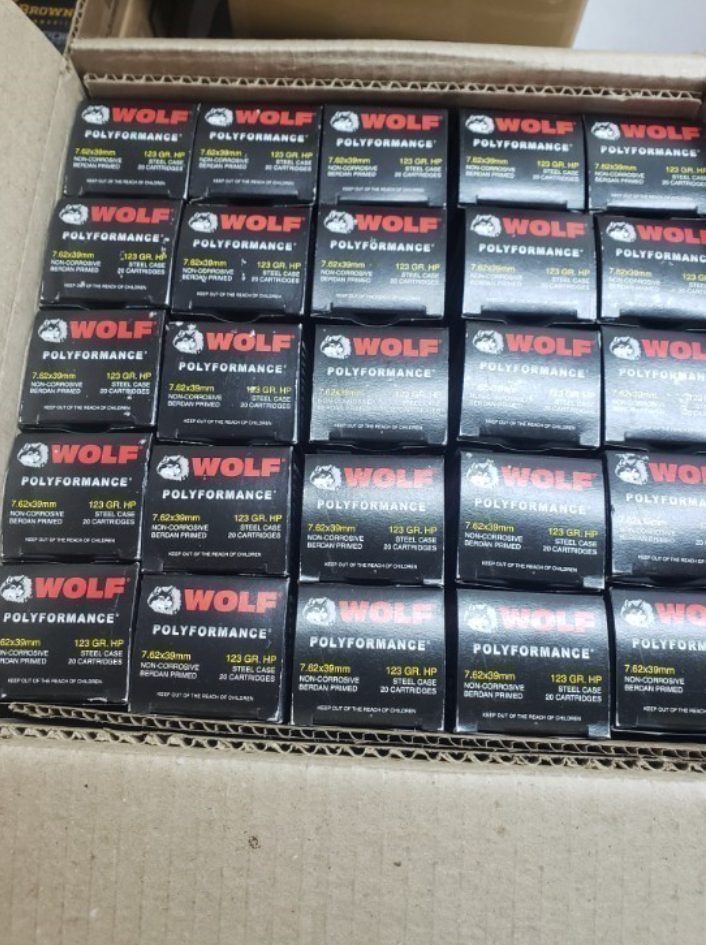
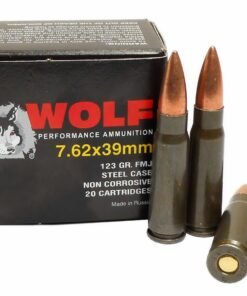


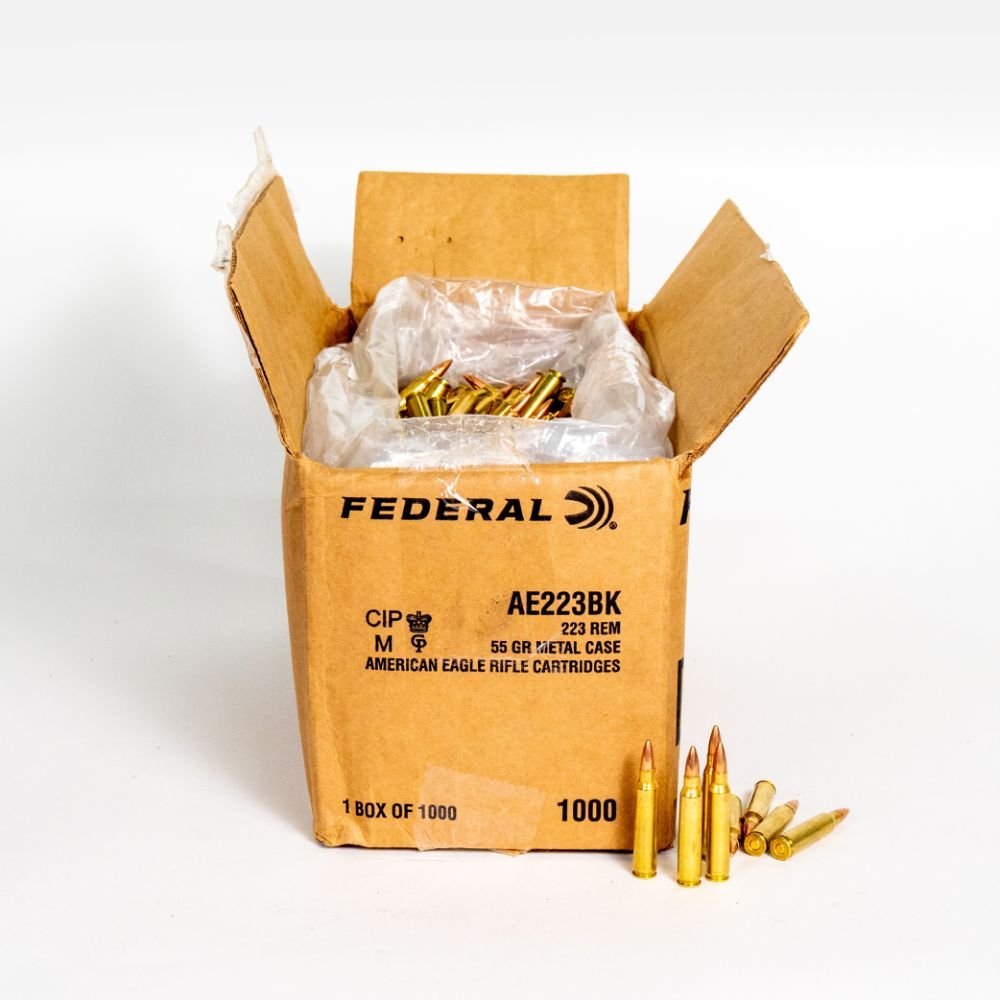

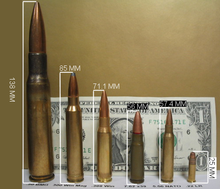






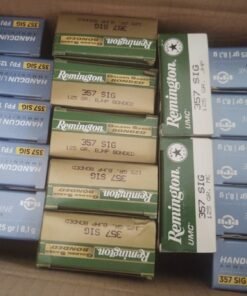
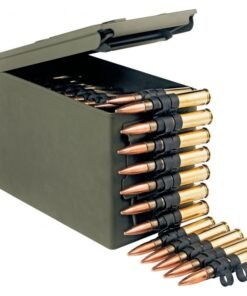



Reviews
There are no reviews yet.